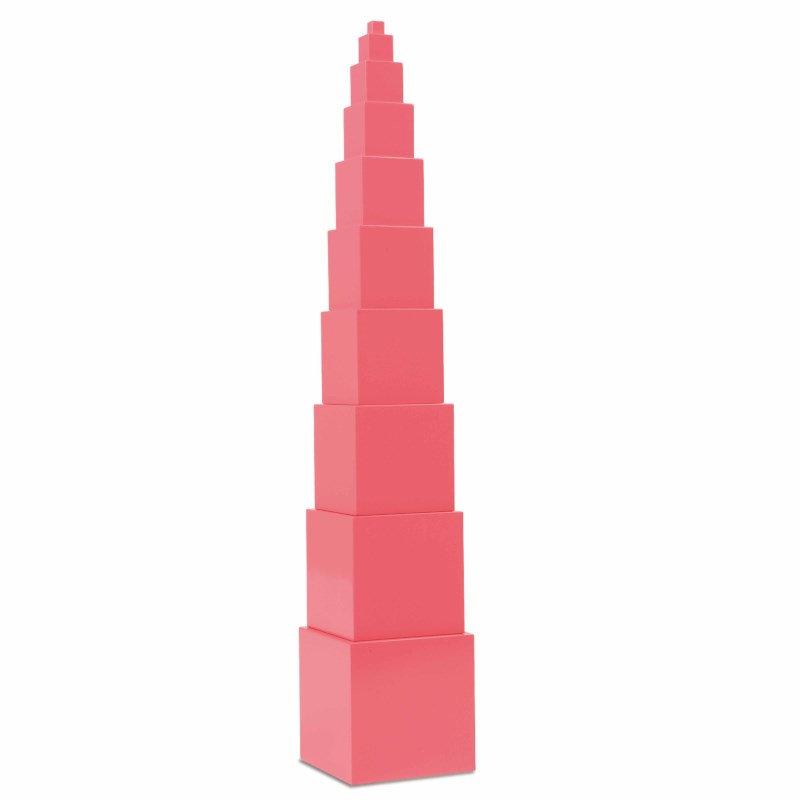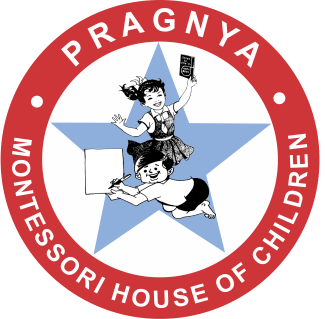Montessori material
The materials are a part of the environment and help in consolidation of the physical and psychical aspects of life. The Montessori materials are tangible and hence called as concrete means of development. Comparing the means of development in a Montessori environment, and the teaching aids in traditional schools, the factors because of which the Montessori material is superior are as follows:
- The material offered is more precise and specific. This helps the child to utilize his/her mental capacities and thus reach the stage of conceptualization.
- The material is in accordance with the psychological technique to isolate the concepts. For example, the colours are limited, but are unlimited in intensity. This helps the child to explore, which in turn helps the child to move from simple to complex regarding the structure and manipulation.
- Each material helps the child for the future tasks taking into consideration the past and present. This helps the child in building up his/her self-confidence.
- The material also helps the child in concretized abstractions, which means moving from concrete concepts to abstract ones.
The exactness and precision with which the material is offered helps in auto-education. The sensorial material is designed in such a way that, the child not only recognizes the errors he/she makes, but also successfully rectifies them himself/herself. The right time to present the material to the child is decided upon by the educator, by observation and taking into account the individual rhythm of the child.

The sensorial materials respond to the way the child learns at 2 ½ – 6 years through the senses rather than the intellect. There are materials for the refinement of each sense, with each activity isolating one particular quality, such as colour, size, loudness, taste or weight. For example, the material known as the pink tower is made up of ten pink cubes of varying sizes. The 3-year-old constructs a tower with the largest cube on the bottom and the smallest on top. This material isolates the concept of size. The cubes are all the same colour and texture; the only difference is their size and of course weight. Other materials isolate different concepts: colour tablets for colour, geometry materials for form, and so on.
As the child’s exploration continues, the materials interrelate and build upon each other. Later, in the elementary years, new aspects of some of the materials unfold. When studying volume, for instance, the child may return to the pink tower and discover that its cubes progress incrementally from one cubic centimetre to one cubic decimetre. At the pre-school age, when the child is bombarded by sensory information, these materials help the child order and make sense of his/her world and heighten his/her perception of it as well as his/her sense of wonder.
Never help a child with a task at which he feels he can succeed.
Dr. Maria Montessori
